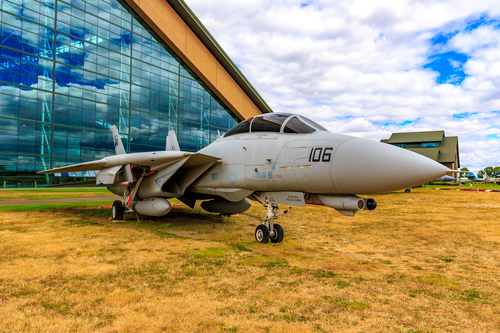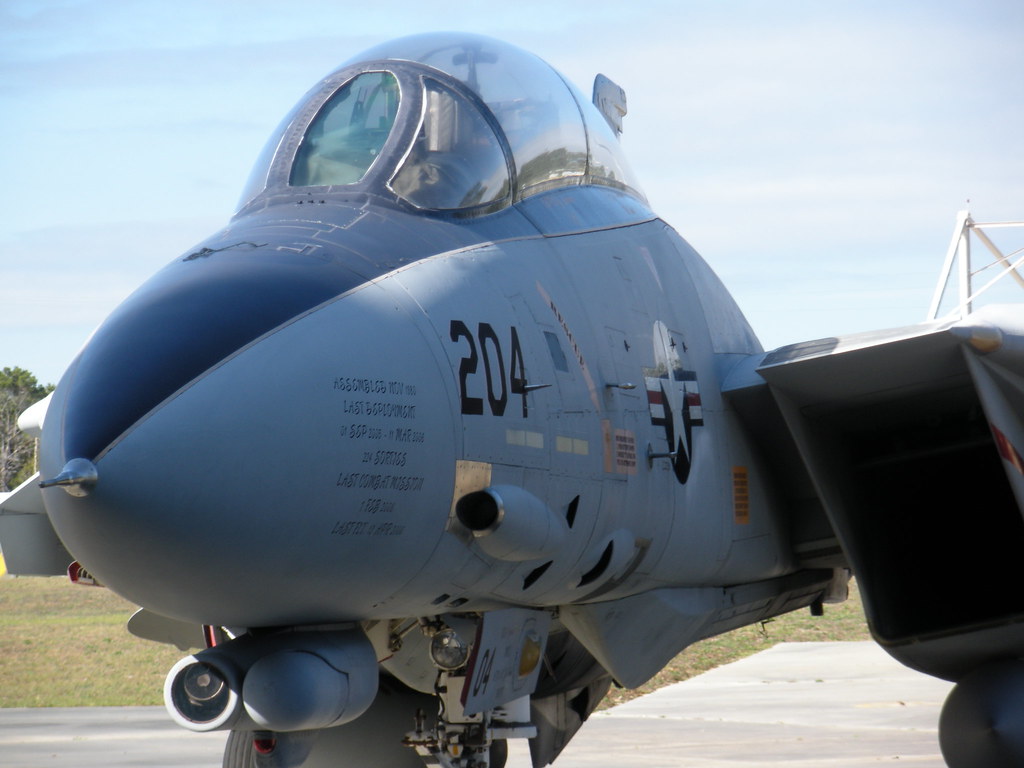
The notion of a fighter jet speeding through the skies seems like the epitome of modern warfare, yet history has recorded a few eyebrow-raising anomalies where fighter jets have quite literally shot themselves down. This bizarre occurrence underscores the complexities and dangers inherent to supersonic flight and aerial combat.

In the 1950s and 1970s, a series of incidents demonstrated how fighter jets could become victims of their own armaments. The F-11 Tiger and the F-14 Tomcat, both developed by Grumman and heralded for their speed and prowess, fell prey to this counterintuitive fate.

The first recorded incident happened on September 21, 1956. While the U.S. Navy test pilot Tom Attridge conducted a weapons test off the coast of Long Island, New York, he engaged in a Mach 1 dive and fired rounds from his 20mm cannons.

Shortly thereafter, something struck his windshield. Initially, Attridge suspected a bird collision, but the grim reality was that his jet had been damaged by its own rounds.

The bullets, fired at 2,000 mph but quickly slowed by air resistance, curved downward due to drag right into the path of Attridge’s Tiger, which was accelerating as it descended. The pilot survived the crash, but the aircraft was lost.

Then, on June 20, 1973, an F-14 Tomcat, infamous for its speed capable of 1,544 mph, had a similar misfortune. Pilots Pete Purvis and Bill “Tank” Sherman were conducting an early model test flight off the coast of Southern California.

They executed a test fire of the AIM-7 Sparrow missile. However, due to a malfunction, the missile failed to exit properly and tumbled through the air, releasing debris that the F-14’s engine ingested, resulting in a blaze. The pilots safely ejected, but the jet was lost to the Pacific Ocean.

While Attridge’s Tiger encountered bullets slowing down to 400 mph as he accelerated to 880 mph, the Tomcat’s incident involved a missile that didn’t reach its intended velocity at all.

Both cases serve as stark reminders of the unpredictability of high-speed aerial warfare and the rigorous testing required to ensure the safety and efficacy of military aircraft and their weapon systems.

The accidents show a technical paradox where the cutting-edge speed of aircraft can bring them into conflict with their own munitions, which, despite initial velocities, succumb to air resistance.

The F11F Tiger’s shootdown was initially deemed a fluke. Attridge himself later commented, “At the speeds we’re flying today, it could be duplicated any time.” His foresight was eerily accurate, as evident from subsequent events involving even more advanced aircraft.

The use of firearms and military equipment in aeronautics has since evolved, largely shifting towards missile-based systems that are designed to outpace the aircraft that deploy them.

Nevertheless, these historic incidents are a testament to the ever-present need for innovation and vigilance in the development and operation of military technology.

These stories resonate with military tech and politics enthusiasts not only as technical curiosities but also as critical lessons in the advancement of military aviation. They reflect the intricate dance between technological progress and the harsh realities of physics that military aviators and engineers must navigate.

As technology continues to advance, the military community remains keenly aware of the potential for history to repeat itself, albeit with contemporary twists.

